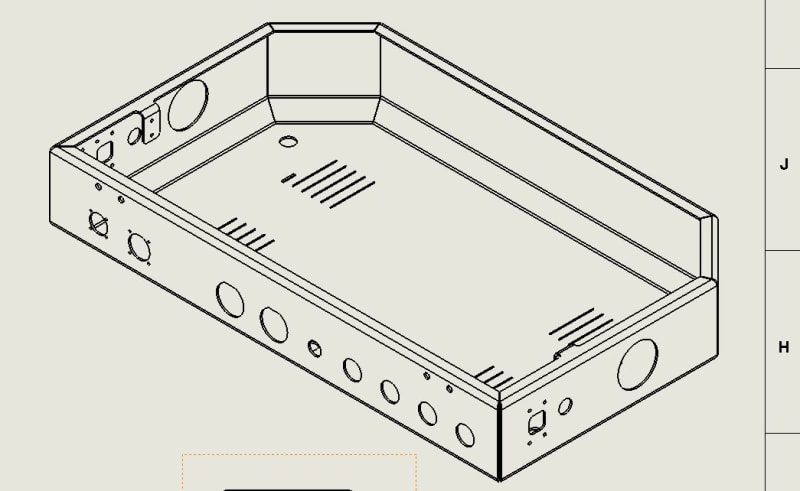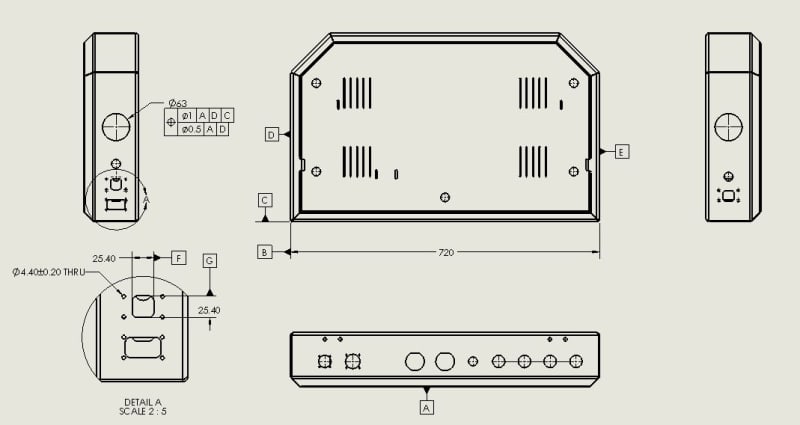A single datum reference frame is only required when all features that reference it are locked into position and orientation to each other relative to the matching frame of reference in the assembly.
That is unlikely to be your case here.
Be aware that using the individual faces as datum features, being small, can magnify orientation if the large bottom face is used as a secondary or tertiary datum feature leading to location reporting problems.
Example, if there is 0.1 degree of allowed angle between the side and the bottom, using the side as primary will see a shift over a 10 inch bottom of 0.017 inch shift between the 0 degree and the 0.1 degree cases; that can be the equivalent of a 0.034 diametral position tolerance change and can easily affect the acceptance of the part.
A typical solution is to use the bottom surface as the primary datum reference for all the horizontal holes and the perpendicular face as the secondary datum reference to minimize this unwanted shift. The result may be a perpendicularity error of 0.1 degrees; for 0.030 thick sheet metal that resolves to 0.00005236 inches.
Since the holes are likely punched in the flat, the vertical direction and horizontal directions may have unequal variation and so a composite bi-directional position tolerance might be useful.



